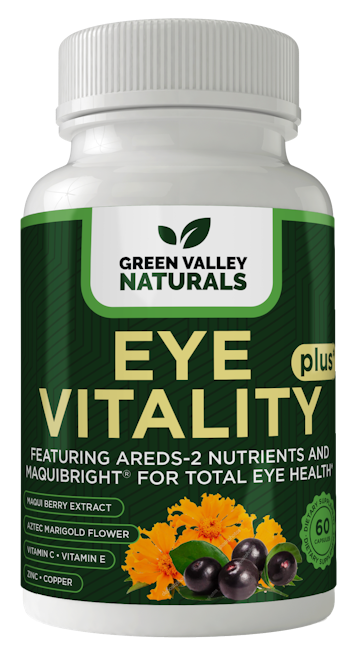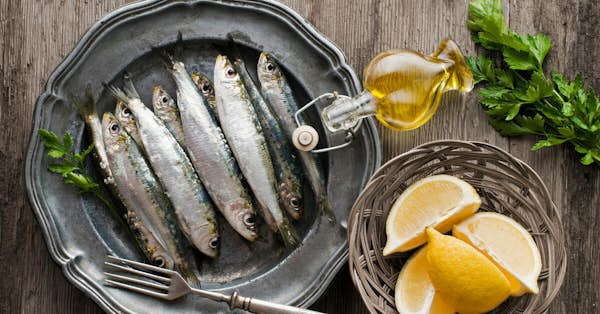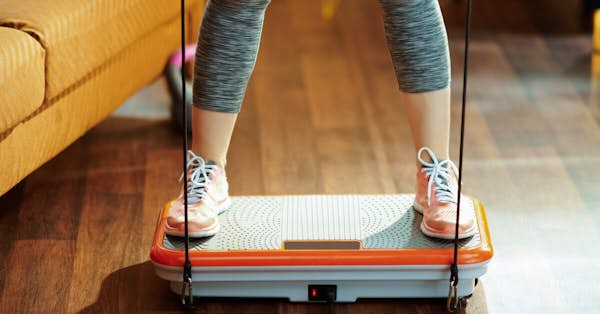
I’m talking about the face masks you may wear to reduce the risk of being infected with COVID-19, or infecting someone else if you’ve got the disease (perhaps without knowing it).
Now I’m not going to go into the politics and emotional baggage that weigh down this issue. I’m strictly interested in the practical information I’ve been able to find about how much good these masks can do for you.
Here’s what we know. . .
Wearing a face mask is supposed to serve one – or both – of two purposes. First, it’s supposed to cut back on the chance that you may inhale floating droplets or aerosol (tiny) particles released from sneezes, coughs and even regular breaths emitted by people with the virus.
Second, if you’re already infected and releasing infected particles yourself -- even if you show no signs of COVID-19 and are asymptomatic -- your exhalations when you wear a mask are supposed to have less chance of reaching other people.
That’s what the masks are supposed to do. But how effective are they?
Depends who you ask, what type of mask you’re using, or which study you look at.
They Help, But It’s Not Sure How Much
In an Asian study of cloth masks and surgical masks, researchers found that infectious coughs invariably propelled droplets containing COVID-19 through the masks.1 However, the scientists said, “We do not know if masks shorten the travel distance of droplets during coughing.”This is important because if the mask holds the dispersion radius down to a couple of feet, and people are keeping six feet apart, the mask helps. An uncovered sneeze can easily project six feet, or even ten according to some sources.
But this study leaves us up in the air as to how well masks cut the distance. And the authors point out that their study does not provide any evidence one way or another “whether face masks decrease transmission from asymptomatic (infected) individuals or those with suspected COVID-19 who are not coughing.”
But another study, also in Asia, found that masks could “efficaciously reduce the emission of” viruses in droplets (from infected people) but not the particles in exhalations of infected people in aerosol sprays (the very tiny droplets that people can give off).2 In other words, size does matter. Small particles penetrate the barrier.
I feel obliged to say right now that I don’t want to discourage people from wearing masks in appropriate circumstances – when in crowds or close proximity to others, especially indoors. The use of masks has been widespread in Asian countries, mainly because they learned the hard way in previous epidemics.
This time around, many Asian countries have been very successful in containing the virus, often without going to the extreme of a lockdown. There’s at least good circumstantial evidence the masks were one of the reasons.
Not all Masks are Alike
Here’s something else that’s important: The studies I just described were performed on cloth masks. The so-called N95 masks or N95 respirators that medical personnel often wear are supposed to be much more effective at protecting you from infection. (The “95” in their name signifies that they are supposed to cut out 95% of infectious particles.)But, according to researchers, unless you’ve been specially trained in fitting an N95 mask to your face and wearing it according to instructions, these masks may not do you much good.
In this study, the scientists found that among lay people, even those who were given written or video instructions on how to wear an N95 mask, most – about nine out of ten – were unable to get it on and wear it properly.3 Three out of four people didn’t put the masks’ straps on correctly, three of five left gaps between the mask and their face and most didn’t tighten the masks’ nose-clips in the right way.
This surprised me because I know a couple of people who have been wearing N95 masks and it doesn’t look all that complicated. But I haven’t tried one myself, so I’ll take the researchers’ word for it. There’s more to this than meets the eye.
My conclusion from these types of conflicting studies is that wearing a face mask to lower the risk of COVID-19 is not foolproof, but it’s helpful. It reduces risk, which after all is the idea. If you combine it with social distancing and frequent hand-washing, I believe it will cut your risk of infection. Just don’t get cocky that it solves the whole problem.
If you do decide to wear a mask of any type, make sure it fits properly. Make sure most of your nose and all of your mouth are covered. Position it on your nose so that there is the best seal around your nostrils and mouth. The mask should not be uncomfortably tight, but at the same time you should not leave a gap anywhere between your face and the mask. (Good luck with hitting the sweet spot just right.)
Also: wash your hands before and after wearing a mask.
After you wear a cloth mask out in public and you return home, put the mask directly in the wash.
Best Materials For a Cloth Mask
As to the material in your mask, according to Catherine Clase, a professor of medicine at McMaster University in Canada who has studied the issue, the filtration abilities of different types of cloth can vary. A single layer mask made from a t-shirt, sweatshirt or scarf may filter out 10 to 40 percent of particles. Extra layers and combinations of materials – such as both flannel and cotton – may block up to 90 percent or more of particles.She adds, “It is important to realize that more layers will give more protection, both inward and outward, but will make it harder to breathe. For this reason, it is not recommended that children under two and people with breathing difficulties wear masks."
And as I’m writing this, I just saw a study in China claiming to show that wearing a mask at home may reduce transmission of COVID-19 between family members. That seems like a bit much to me. But if one of your family members works in a high-risk profession like a meat-packing plant or in a healthcare setting, I guess you could consider it.4



